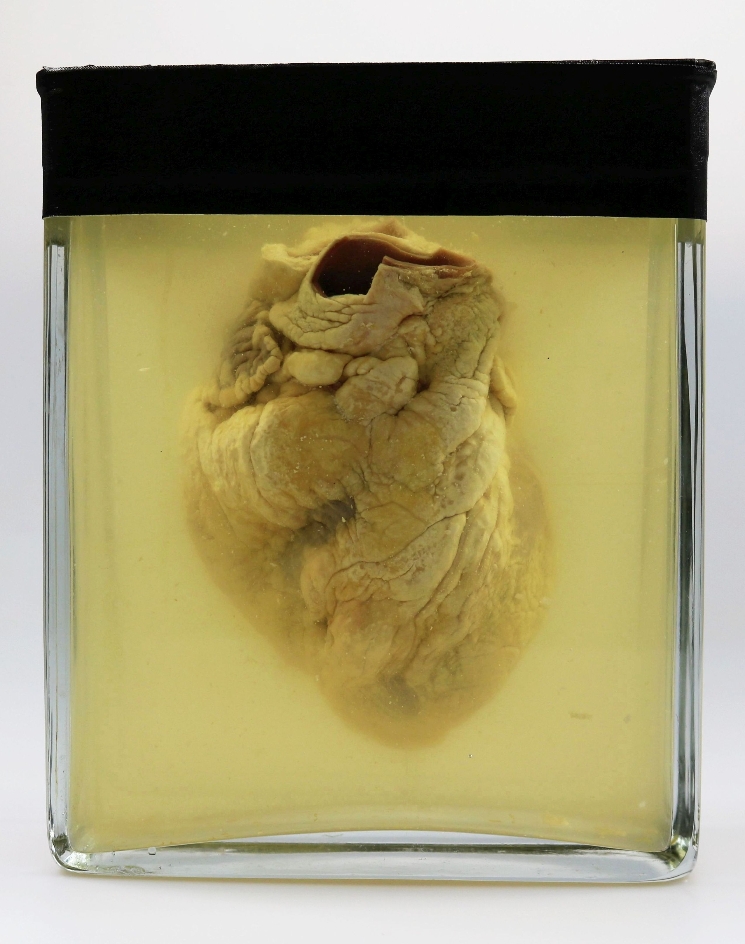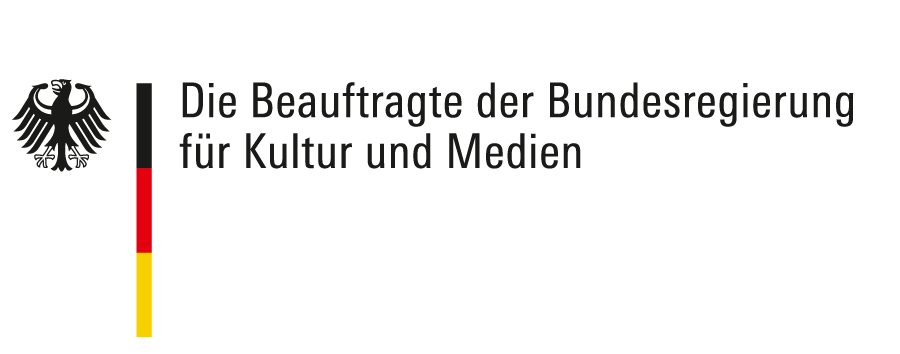Jiří Hořejší had been "shot while fleeing" in June 1942 and had been shot through the heart. His heart was then dissected and stored in the pathology department. After the liberation, the German political prisoner Karl Straub took the specimen. From December 1945 to 1953, he worked as head of the Victims of Fascism Department at the Thuringian State Office for Labour and Social Welfare in Weimar. According to one report, the specimen of the bullet-riddled heart was in his study.
Presumably at the end of the 1940s, Karl Straub was asked by the General Secretariat of the Association of Persecutees of the Nazi Regime (VVN) to hand over the object to them. Around 1953, it was handed over from there to the Museum of German History.
The specimen of the bullet-riddled heart was intended for "Desk 50" for the "Resistance Museum" exhibition that opened in the former prisoners' canteen on 18 August 1954. However, this could only be realised around a year later, as the exhibit was only brought to Buchenwald from the Museum of German History after 18 August 1955.
In the "Camp Museum" exhibition that opened in the former disinfection building on 1 February 1964, the specimen was also shown in a display case together with the lampshade, the three tattooed pieces of skin and other objects under the heading "'Home ornaments' of the SS".
When the object was renovated in the Phyletic Museum in Jena in September 1979 for conservation reasons, it was stated that the specimen was "not suitable as illustrative material for visitors". An additional expert report commissioned by the Institute of Forensic Medicine at the Friedrich Schiller University in Jena came to similar conclusions. The expert found "a massive amount of fat", "as is typical for obese, overweight people with a strong increase in body fat." The heart was therefore by no means characteristic of a prisoner's prolonged stay in a concentration camp. The expert also pointed out that the so-called bullet hole "rather had the appearance of a punch wound made after death". An employee of the Buchenwald Memorial concluded that it was therefore "impossible that it could be the heart of a prisoner." Based on these expert statements, the specimen was removed from the exhibition at the end of 1979 and has been kept in the memorial's collection ever since. A forensic expert report commissioned in 2023 found that the specimen no longer contained any detectable DNA and that it was therefore possible "that it could be both a human and a pig's heart". A final investigation is still in progress.
.jpg/jcr:content/Ernst%20Sch%C3%A4fer,%201964,%20L-317,%20SGBw%20(Ausschnitt).jpg)
©Buchenwald Memorial

©Buchenwald Memorial

